NIKKOR The Thousand and One Nights No.91

A legitimate successor to the 43-86mm lens
Nikon Series E Zoom 36-72mm f/3.5
In Tale 91, we'll look at the Nikon Series E Zoom 36-72mm f/3.5. Just what sort of lens was the first Nikon Series E standard zoom? Based on lens concept and specs, it appears to be a return of the Zoom-Nikkor 43-86mm f/3.5. What about the lens makes it seem so? Who was its designer?
In this Tale, we will unravel the secrets of this first standard zoom lens that made its appearance as part of Nikon Series E.
By Haruo Sato
I. A successor to the 43-86mm
The popular Zoom-Nikkor 43-86mm f/3.5 was a unique lens that was considered for many years to be the first practical standard zoom lens of the 1960s. However, the lens began to disappear from store shelves in the 1980s. Which lens, then, served as successor to the 43-86mm f/3.5? Nikon fans began expounding their own theories. What was the true successor to the 43-86mm f/3.5? Some Nikon fans said it was the AI Zoom-Nikkor 35-70mm f/3.3-4.5S, while others said it was the 35-105mm. Just which lens could be described as the legitimate successor to the 43-86mm f/3.5? I say the Nikon Series E Zoom 36-72mm f/3.5 was the official successor to the 43-86mm f/3.5. The first reason for this is the fact that the two lenses share the same concept. I believe there are three major requirements for a true standard zoom lens. The first is a portable size and weight. The second is an affordable price achieved with thorough cost-cutting measures. The third is, of course, sufficient optical performance. This Nikon Series E 36-72mm truly embodies these requirements, making it the true successor to the 43-86mm f/3.5 by inheriting that lens's most basic DNA.
II. Development history and the designer
Though Japan's great lens designers are not generally known, we can trace their work through reports, development histories, and patents. Now let's take a look back at development of the Nikon Series E Zoom 36-72mm f/3.5. As regular readers of Nikkor The Thousand and One Nights are already aware, lenses that make up Nikon Series E were designed and developed in-house by Nikon's own optical designers. Therefore, design and development methods were similar to those of other Nikkor lenses. In addition, Nikon's most notable designers were also involved in the development of Nikon Series E. The designer of this lens was the most eccentric of all. He was a very unique character.
The optics were designed by Satoshi Mogami who, at the time, worked in the 1st Optical Section, Optical Designing Department. Mogami was a theorist well-versed in astronomy. As I will explain later, his tenure was short. When I joined Nikon in 1985, work was structured so that mainframes were used by the entire company. This meant the R & D department's allotted time was staggered to avoid overloading the mainframes. I preferred the early shifts, but Mogami chose to work the latest shift, which began at 12:45 p.m. He probably thought he would be better able to concentrate at this time of day when everyone had gone home and it was quiet. He must have taken work efficiency very seriously. Mogami designed a wide range of optical systems. His patents and reports show that he had applied for patents on everything from projection lenses to AF optical systems and zoom lenses for TV. Not only did Mogami design the optics for the 36-72mm f/3.5, but he also worked to bring the AI Nikkor 24mm f/2 and close-up photographic lenses to market. Mogami took Nikon by storm, definitely leaving his mark on the company. His designs incorporated characteristics that were uniquely his own. This Tale follows his path.
Now let's take a look at 36-72mm f/3.5 development history. There are two lens design reports remaining that appear to be proposals for this lens. One is dated August 27, 1979 and the other October 2, 1980. Comparison shows that the latter is a proposal for improvements to the initial design and is the basic design proposal for this lens. It is unclear when lens design began, but there was a gap of more than a year between the two proposals. Taking that into account, the design period must have been long at one or two years. As I have said before, it is very difficult to design the ultimate optical system never before available. However, it is as difficult, or even more difficult, to produce an ultimate affordable lens. Cost constraints on this Nikon Series E standard zoom lens must have been even stricter than ever before. It is often the case that cost reductions are never enough, regardless of the amount of time spent considering them. In addition, Mogami probably filed the patent application for this lens immediately after completing the first design proposal. Therefore, the basic design was most likely nearly complete at that point. Prototype drawings were submitted in July of 1980. The decision to initiate mass production went smoothly and the order to begin was given with mass production drawings submitted in mid-October of 1980. This marked the official start of production of the Nikon Series E standard zoom lens. As was usual, the report was written after the mass production drawings were submitted and all the work involved with designing, producing, and launching this new lens had calmed down. Thus, the lens was finally released in October of 1981.
III. Lens construction and characteristics

(at the maximum wide-angle position)
Now let's take a look at a cross-section (Fig. 1) of the above lens. This is a typical concave-convex (negative-positive) two-group zoom-lens optical system. Naturally, it has the smallest group structure for zoom lenses, but as the design was originally based on that of a retrofocus group configuration, it is a zoom type that is advantageous for wide-angle applications. It is also the best zoom type for achieving a compact size while maintaining the back focus SLR cameras required. A concave-convex two-group zoom lens achieves wide angles with the concave front group first acting as a wide-angle converter that applies magnification to the convex rear group, which serves as the master lens. The concept is easy to understand if you think of this as a continuous change in the composite focal length because changing group spacing changes the magnification applied to the master lens. If this change in spacing were linear, the focus position would shift, essentially making it a varifocal lens. To keep the focus position from changing, the first concave group is moved in a nonlinear manner to match the focal point. This nonlinear operation becomes what is known as the zoom solution curve.
This is a good time to consider zoom lens magnification. The composite focal length of a zoom lens can be calculated using the following simple formula.
f0 = f1 x β1β2... βx... (Formula 1)
f0: composite focal length
f1: 1st group focal length
β1-βx: lateral magnification of each group after the 1st group
At first glance, this formula seems to achieve the opposite results as the negative-positive two-group zoom structure mentioned above. However, it is a very simple formula by which the composite focal length is calculated by multiplying the 1st group focal length by the lateral magnification of subsequent groups in order. Regardless of the number of groups in the zoom structure, overall focal length is calculated by simply multiplying the lateral magnification β of each group by the number for each group, making the formula simple, clear, and beautiful. Considered in this way, does it not seem that zoom lenses are relatively simple?
But let's get back to the 36-72mm f/3.5. Take a look at Fig. 2. This diagram is called a power (refractive power) arrangement diagram. The power arrangement diagram shows how each group moves.

f1 represents the concave (negative) first group and f2 the convex (positive) second group. The first group in a two-group concave-convex zoom lens is the compensator, which moves nonlinearly. The second group is the variator, which moves linearly. The path this compensator takes is the solution curve. The solution curve for a single compensator in a two-group zoom structure usually makes a U-turn at the life size (-1x) lateral magnification position. For example, the AI Zoom-Nikkor 35-70mm f/3.3-4.5S has a power arrangement that places this life size position at the exact center of the focal length range, making the overall length the same at the maximum wide-angle and telephoto positions. In fact, this power arrangement minimizes changes in overall length and is best for achieving a compact size. So, what about this lens?

As Fig. 3 shows, the change in overall length is greatest at the maximum wide-angle position. From there, the maximum telephoto position is reached without making a U-turn. In short, the first group in this lens takes a non-linear path of movement, but the function is nearly linear. Choosing this path of movement for each group usually makes the entire optical system larger, but the second group in the 36-72mm is used with a relatively strong power that reduces the total length of the lens. However, there is quite a lot of change in the overall length of the lens with zooming. I considered this a drawback for a moment. I realized, however, that the reason for choosing this solution curve was to greatly reduce the cost of the lens barrel. The important point here is the lens barrel's simple structure. Incredibly, the first group in this lens barrel is the lead (linear movement). The second group is moved by a cam. Therefore, a function conversion (coordinate conversion) takes place between the first and second groups, making it possible to reduce the cost of the lens barrel. No doubt this power arrangement (and ultimately the solution curve) was designed with this barrel structure in mind. This is because a normal solution curve in which life-size magnification is sandwiched in the first group, makes it difficult to achieve coordinate conversion between the first and second groups. The 36-72mm was a zoom lens that imposed restrictions on the power arrangement as well to reduce costs as much as possible. In addition, this power arrangement means the diameter of the front lens element will most likely be large. However, Mogami worked hard to keep the attachment size at the Nikkor standard of 52 mm. This attention to detail clearly shows that the design philosophy of the 36-72mm was comparable to that of NIKKOR lenses.
Now let's take a look at first and second group structures. The first group has a concave-concave-convex structure that is the standard for a concave-convex two-group zoom lens. The second group, however, has a standard convex-convex-concave-convex structure with a convex element added at the rear. While a convex-convex-concave-convex-convex structure is generally possible, the last lens element is a thick element with a unique bend that faces the convex side toward the photographic subject. There is something inscrutable about Mogami's design. This lens maintains an aperture value of f/3.5, even at the maximum telephoto position. This structure may have been adopted to correct aberrations related to the speed (brightness).
IV. Strict quality assurance and the Nikon Series E
This is a story about the quality assurance department that has been talked about since the days of Nikon F-series cameras and written about in camera books. Quality assurance at Nippon Kogaku Kogyo (now Nikon) was truly a demon. Or rather, the job turns people into demons. Nikon quality assurance can only be satisfied by putting oneself completely in the user's position. You may think that designers and QA engineers are destined to be rivals, but their vectors are fully aligned with everyone sharing the same desire to produce quality products. However, the Nikon Series E featured in this article may be an example with which the demon's desire for perfection backfired. To put it mildly, product plans for the Nikon Series E were not successful. The original concept was to thoroughly economize on cost, size, and weight. The optics also had to be designed for low-cost production. However, the quality assurance department steadfastly refused to lower its quality standards (specifications). Optical performance in particular is the heart of Nikon, and optical performance basically satisfied Nikkor standards, but the Nikkor name was deliberately removed. If that was the case, wouldn't it have been better to keep the Nikkor name from the beginning?! Everyone was in agreement. As development proceeded, product planning gradually crumbled from the ground up. If strict optical performance standards were maintained, designs would be the same as those for Nikkor lenses. All those involved brainstormed ways to reduce costs and several ideas were attempted. One was to simplify the lens barrel structure and review the cost of lens barrel materials. For the optics, inexpensive glass materials were selected and the number of lens elements was reduced. The highest level of manufacturing compatibility was also achieved. In short, manufacturing costs were reduced by designing the lenses to be easy to manufacture and assemble anywhere. Every possible way to reduce costs without compromising design performance, including asking partner plants for help with manufacturing, were also considered. Even after all of these efforts, sacrifices still had to be made with the design. We planned to make a little compromise on the optics. It was not to use multilayer coating. However, even this plan gradually went awry because quality assurance standards were not met. Lens elements were repeatedly rejected with ghost testing. While a prime lens may have passed QA standards, a zoom lens is constructed of many lens elements, and a full-surface single-layer coating would not achieve the level of performance demanded by quality assurance. They flatly refused to suffer any compromise. Once again, the concept behind the lens came crashing down. In the end, a multilayer coating was used throughout the 36-72mm. By the way, multilayer coating was applied to all elements that came into contact with air with the Nikon Series E 70-150mm f/3.5 that Oshita wrote about in Tale 42. This was not only put the lens on par with Nikkor lenses, but it elevated the quality of the lens even further. All of this made Nikon Series E planning nonviable, and the Nikon Series E was discontinued.
Mogami's design was still incredible. It exceeded quality assurance standards and forced the demon to surrender. I was amazed when I looked at the prototype history. Even at that time Nikon had a special multilayer coating that would be considered outstanding today. I won't go into details, but the coating was known as K-Coat internally. The K was short for könig, or king. K-Coat represented the best of thin-film technology at that time, and was the best high-performance multilayer coating developed by Nikon's thin-film design department, which made performance its top priority. This made K-Coat not only highly costly, but also difficult to manufacture. It was not a coating that could easily be overused, even with Nikkor lenses. However, Mogami readily adopted it for the 36-72mm. Of course, this was discovered at the prototype stage and problems erupted. The use of K-Coat did not go unnoticed and the switch to a multilayer coating commonly used by Nikon was made before mass production was initiated. Reports on ghost testing results have been preserved. The demon that was quality assurance concluded that use of the more common multilayer coating provided comparable results and that the switch could be made. Mogami's plans for outstanding quality was not realized.
Engineers including myself tend to strive for the best. Who would intentionally develop a product that offered poor performance? If there is an improvement that will solve a problem right in front of us, we will always reach for it. Even if that improvement is of excessive quality or disproportionate for the nature of the problem. However, looking at products from a broader perspective shows that striving to achieve higher-than-necessary quality isn't a good policy because it inevitably leads to larger sizes and higher costs. It is then the customer that bears the burden. Nikon truly put the customer first with its Nikon Series E, by striving to develop lenses that were affordable, compact, and easy to grab. The history of this lens also records Nikon's challenge to reduce costs. As I'm sure everyone knows, the Nikon and NIKKOR brands have always aimed to be the best. It has been said, however, that Nikon is the worst at mass-producing affordable products on time. There is no doubt that as our predecessors did, the young designers of today continue to tackle challenges that were previously thought difficult. I'm sure they will create products with a "customer first" approach.
V. Design performance and evaluation
First let's look at design data. As I have always stated, evaluations are both subjective and relative. Please use my own evaluations merely as reference.
Let's take a closer look at aberration correction characteristics at each focal length. We'll first check aberration correction at infinity at the maximum wide-angle position (f = 36 mm).
Spherical aberration is slightly under-corrected. However, the bulge in the ring-shaped zone is small, suggesting sharp imaging. The least amount of astigmatism is exhibited at infinity, and there is little curvature of field with no positive drift, even at the extreme edges of the frame. This represents an ideal balance for a wide-angle lens. At -3.79%, there is little distortion for a standard zoom lens. Further, lateral chromatic aberration is kept to a slightly negative degree to balance out the chromatic coma that occurs as the degree of lower coma correction differs for each color. The aberration balance exhibited by this lens was well thought out.
How does aberration change at mid-range focal lengths? Let's look at the 50 mm position. First, distortion exceeds 0% at +1.14%. This means there is a focal length between 36 mm and 50 mm where there is no (0%) distortion. Spherical aberration is fully corrected. Curvature of field shifts slightly in the negative direction. When this happens, a small amount of astigmatism also occurs. However, the negative curvature of field is less detrimental than positive curvature of field when photographing a three-dimensional subject at infinity. This is because when the focal plane is at infinity, the subject is usually in the foreground. "Super infinity" does not exist in nature. The variation in lateral chromatic aberration shifts slightly toward zero.
Finally, let's look at performance at the maximum telephoto position of 72 mm. Distortion measures +1.58%. This can be considered a good amount of distortion variation. Curvature of field shifts slightly in the positive direction and in terms of lateral aberration, it can be seen that coma slightly changes to inner coma. Lateral chromatic aberration and the chromatic coma that occurs as the degree of lower coma correction differs for each color are almost completely eliminated. These variations in aberrations are precisely the characteristics of a compact concave-convex two-group zoom lens. At finite distances, spherical aberration, curvature of field, and lateral chromatic aberration all shift in the positive direction, while distortion shifts in the negative direction. These variations are standard for focusing with a concave-convex two-group zoom lens that focuses by moving the first lens group.
Next, we'll take a quick look at MTF characteristics. I'll give you my observations on performance at 30 lines/mm under white sunlight.
At infinity at the maximum wide-angle position, it is natural for values to be high at the center of the frame. Contrast reproducibility is maintained, however, at 35-40% throughout the rest of the frame, including the edges. At mid-range focal lengths, contrast reproducibility drops to about 70% at the center of the frame but remains good at 45-50% throughout the rest of the frame, all the way to the extreme edges. At the maximum telephoto position, contrast reproducibility drops to about 71% at the center of the frame but remains high at 48-60% throughout the rest of the frame and to the extreme edges.
VI. Actual performance
Next let's look at results achieved with some actual images of distant scenes. For this lens, I used a Nikon Z 7 mirrorless camera with the FTZ mount adapter to capture sample images.
I will explain performance at each aperture setting. Evaluations are subjective and based on individual preferences. Please keep in mind that my opinions on, and evaluations of, sample images are provided for reference purposes only.
At 36 mm (maximum wide-angle position)
f/3.5 (maximum aperture)
My first impression is that contrast is good and there is no significant flare that might be problematic. However, resolution does not seem to be very high, and color bleed is visible at the edges of the frame. This is thought to be due to the effects of lateral chromatic aberration and chromatic coma.
f/5.6
Stopping down the aperture just one stop nearly eliminates the faint flare and color fringing visible throughout the frame. Contrast is better, but there is little increase in resolution.
f/8
Image quality is uniform and excellent throughout the entire frame. Resolution is increased and image quality seems to be one notch better. Image quality is perfect!
f/11
Resolution seems to be even better than it was at f/8. Consistently good image quality is maintained throughout the frame. This is the aperture setting that achieves the best image quality.
f/16
Resolution drops slightly with some roughness. The effects of diffraction are beginning to show.
f/22 to f/32
There is a clear drop in resolution that is likely the result of diffraction. It is probably better not to stop down the aperture this much with normal shooting.
At 50 mm (a mid-range focal length)
f/3.5 (maximum aperture)
Resolution is relatively good from the center of the frame to the edges. There are, however, varying degrees of flare throughout the entire frame. Resolution gradually drops from the center to the edges. Resolution is relatively good overall, and the faint flare throughout the frame could be useful, depending on how it is utilized. There is some color bleed.
f/5.6
Stopping down the aperture one stop reduces flare considerably. The image also seems sharper, and the increase in contrast is especially noticeable. However, resolution still drops gradually from the center of the frame to the edges.
f/8
Image quality takes one step forward. Flare, in particular, is completely eliminated and contrast is perfect. While there is still some change in resolution from the center to the edges, overall image quality is good.
f/11
Consistently good image quality is maintained throughout the frame. Changes in resolution from the center of the frame to the edges have been eliminated, making this aperture setting the one that provides the best image quality. For practical reasons, I recommend shooting at f/11 when sharpness is important.
f/16
Resolution drops slightly with some roughness. The effects of diffraction are beginning to show.
f/22 to f/32
There is a clear drop in resolution that is likely the result of diffraction. It is probably better not to stop down the aperture this much with normal shooting.
At 72 mm (maximum telephoto position)
f/3.5 (maximum aperture)
Resolution is consistently good from the center of the frame to the edges. However, flare affects the entire frame, making images look like they were shot through a thin veil. Good resolution means even fine details in the subject are rendered. Therefore, very attractive image quality can be achieved with proper use. There is no visible color bleed.
f/5.6
Stopping down the aperture just one stop nearly eliminates the veil of flare throughout the frame. The image also seems sharper, and the increase in contrast is especially noticeable. The image quality is fantastic.
f/8
Consistently good image quality is maintained throughout the frame. It is somewhat better than it was at f/5.6. Flare, in particular, is completely eliminated for beautiful, high-contrast image quality. Overall, the best image quality is achieved at this aperture setting.
f/11
There is very little change from f/8, with consistently good image quality maintained throughout the frame. It seems that sharpness decreases ever so slightly, but it may still be safe to say that image quality is almost the same as it is at f/8. For practical reasons, I would recommend using f/8 or f/11 to capture landscapes.
f/16
Resolution drops slightly with some roughness. The effects of diffraction are beginning to show.
f/22 to f/32
There is a clear drop in resolution that is likely the result of diffraction. It is probably better not to stop down the aperture this much with normal shooting.
VII. Sample images
Now let's confirm these rendering characteristics with some sample photos. This time I captured all samples at each focal length with aperture set to the maximum aperture of f/3.5.
As always, Picture Control settings that apply less sharpening, such as "Portrait" and "Flat", are generally used so that readers may best judge the characteristics of the lens. Further, no special compensation or adjustment of characteristics such as sharpness is performed. Subjects were selected based on how I assume the lens would be used by general users.

Z 7 + FTZ w/ Nikon Series E Zoom 36-72mm f/3.5
Aperture: f/3.5 (maximum aperture)
Shutter speed: 1/800 s
Exposure compensation: -1/3 EV
Sensitivity: ISO 400
Image quality: RAW
White balance: Auto
D-Lighting: Auto
Picture Control: Landscape
Date of capture: December 2023
Sample 1
Sample 1 was captured at the wide-angle 36 mm focal length with focus at infinity. Naturally, the aperture was set to the maximum aperture of f/3.5. You can see that the airplane, which is as tiny as a bean, exhibits sufficient resolution. Even an inexpensive standard zoom lens from the Nikon Series E is capable of this much. It is clear that in terms of optical performance, the design concept was exactly the same as that of Nikkor lenses.

Z 7 + FTZ w/ Nikon Series E Zoom 36-72mm f/3.5
Aperture: f/3.5 (maximum aperture)
Shutter speed: 1/800 s
Exposure compensation: ±0 EV
Sensitivity: ISO 320
Image quality: RAW
White balance: Auto
D-Lighting: Auto
Picture Control: Landscape
Date of capture: December 2023
Sample 2
Sample 2 was captured at the telephoto 72 mm focal length with focus at infinity and the aperture set to the maximum aperture of f/3.5. Even at the telephoto end, the airplane that is as tiny as a bean exhibits sufficient resolution.

Z 7 + FTZ w/ Nikon Series E Zoom 36-72mm f/3.5
Aperture: f/3.5 (maximum aperture)
Shutter speed: 1/800 s
Exposure compensation: -1/2 EV
Sensitivity: ISO 640
Image quality: RAW
White balance: Auto
D-Lighting: Auto
Picture Control: Portrait
Date of capture: December 2023
Sample 3
Sample 3 is a snapshot captured at a mid-range focal length of 50 mm with the aperture set to the maximum aperture of f/3.5. Focus was acquired on the "830" painted on the road. Contrast and resolution are both sufficient for digital use.
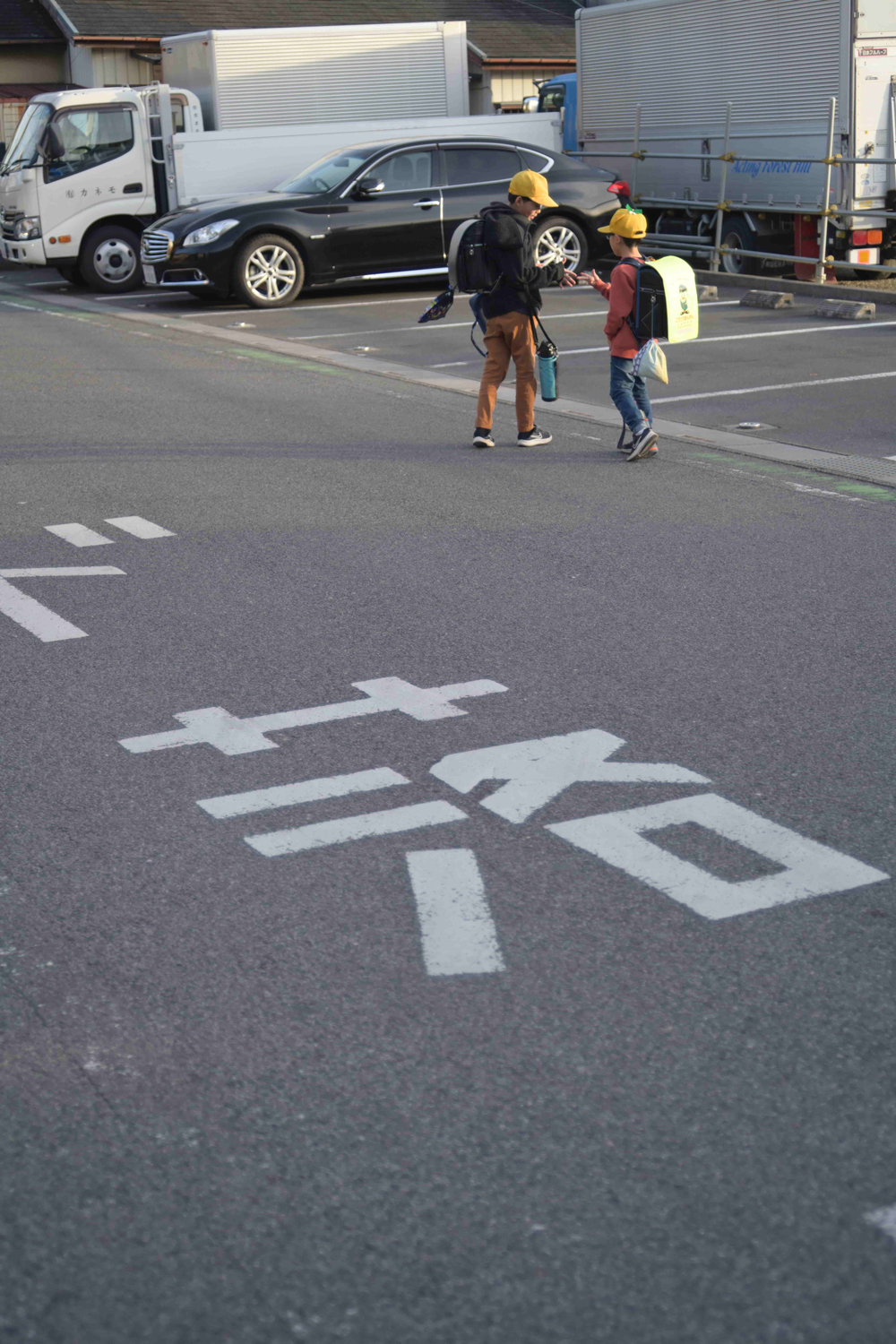
Z 7 + FTZ w/ Nikon Series E Zoom 36-72mm f/3.5
Aperture: f/3.5 (maximum aperture)
Shutter speed: 1/1000 s
Exposure compensation: -1/3 EV
Sensitivity: ISO 640
Image quality: RAW
White balance: Auto
D-Lighting: Auto
Picture Control: Portrait
Date of capture: December 2023
Sample 4
Sample 4 is a snapshot captured at the wide-angle 36 mm and f/3.5. It was captured at a distance between 5 and 8 m. If you look at the roadway in the foreground, you can see the continuity of the front defocus range. This is an all-around, straightforward image with no peculiarities.
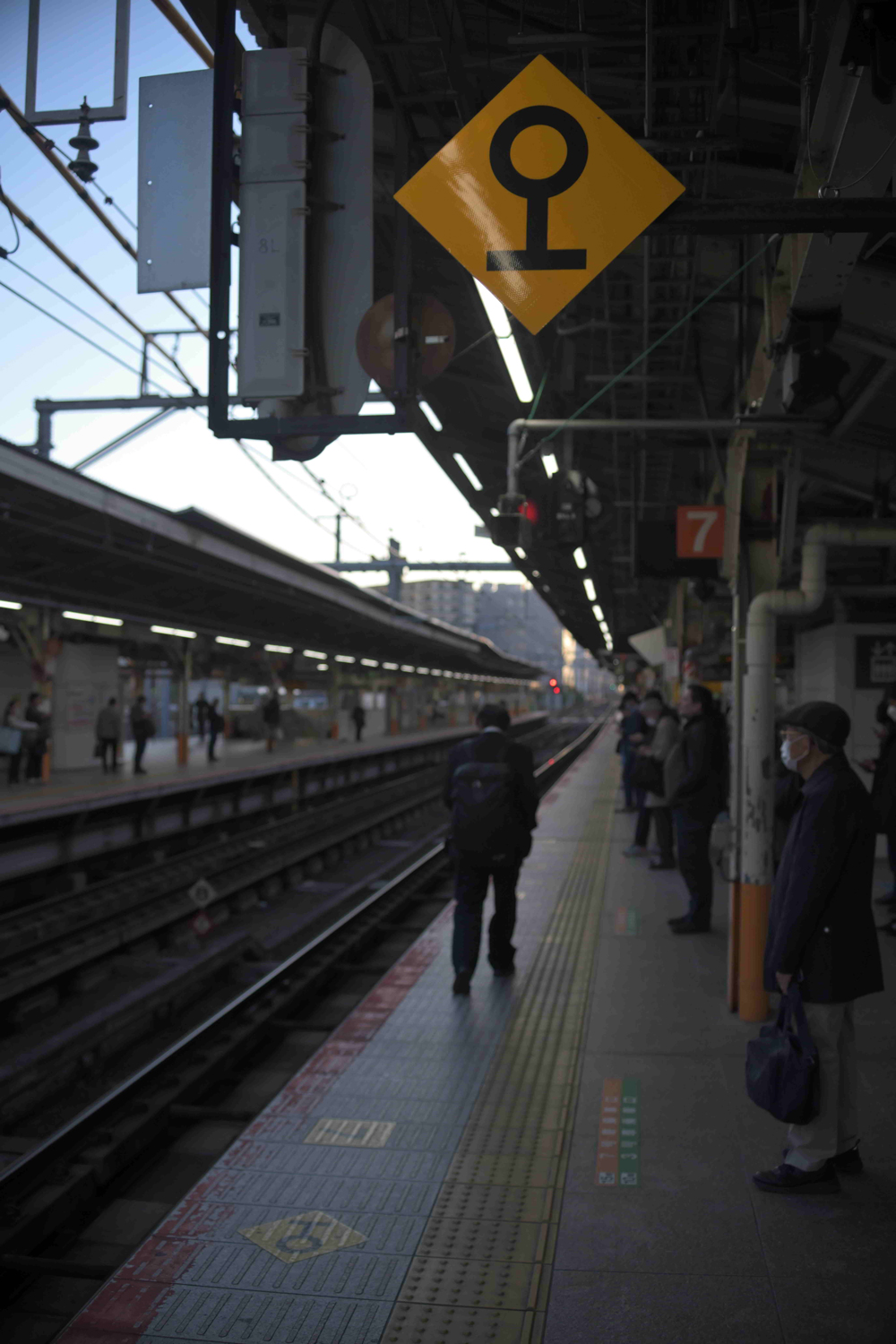
Z 7 + FTZ w/ Nikon Series E Zoom 36-72mm f/3.5
Aperture: f/3.5 (maximum aperture)
Shutter speed: 1/1250 s
Exposure compensation: -1/2 EV
Sensitivity: ISO 640
Image quality: RAW
White balance: Auto
D-Lighting: Auto
Picture Control: Flat
Date of capture: December 2023
Sample 5
Sample 5 was captured at the wide-angle 36 mm focal length with the aperture set to f/3.5 maximum aperture. Sharpness at the focal position is good, and there is little tendency toward double-line bokehin the background, which makes it easy to see all that the shot includes. This is a very important characteristic for a photographic lens because it means that the lens supports good three-dimensional rendering performance.
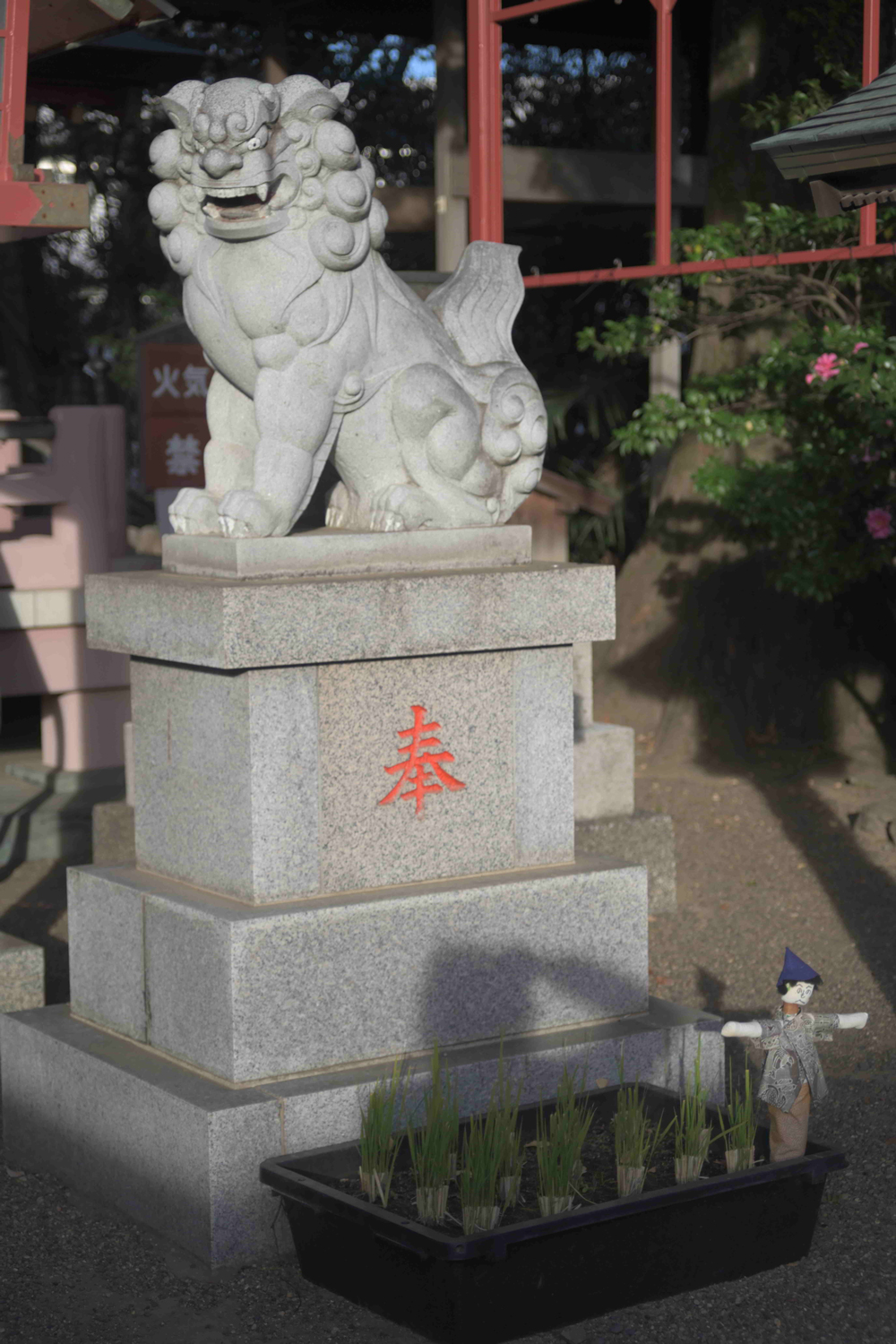
Z 7 + FTZ w/ Nikon Series E Zoom 36-72mm f/3.5
Aperture: f/3.5 (maximum aperture)
Shutter speed: 1/4000 s
Exposure compensation: -1/2 EV
Sensitivity: ISO 640
Image quality: RAW
White balance: Auto
D-Lighting: Auto
Picture Control: Flat
Date of capture: December 2023
Sample 6
Sample 6 was captured at the mid-range focal length of around 50 mm from a relatively short distance. Again, the aperture was set to f/3.5 maximum aperture. Sharpness at the focal position is good and double-line bokeh is narrowly avoided in the background. Bokeh can't really be described as either good or bad.
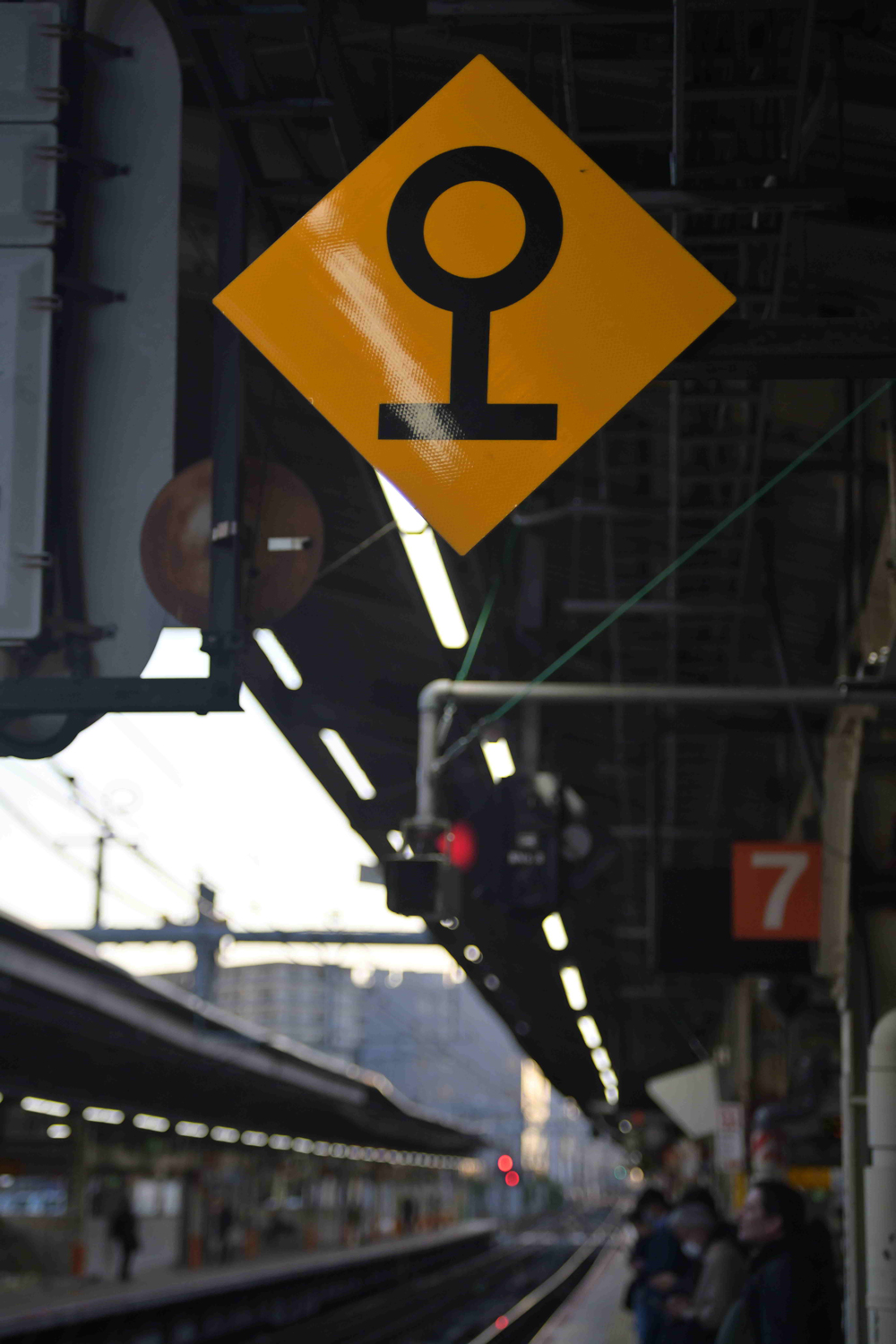
Z 7 + FTZ w/ Nikon Series E Zoom 36-72mm f/3.5
Aperture: f/3.5 (maximum aperture)
Shutter speed: 1/1600 s
Exposure compensation: ±0 EV
Sensitivity: ISO 640
Image quality: RAW
White balance: Auto
D-Lighting: Auto
Picture Control: Portrait
Date of capture: December 2023
Sample 7
Sample 7 is a close-up that was captured at the telephoto 72 mm position at maximum aperture. The image exhibits good resolution and contrast at the focal point. Bokeh is average with some double-line bokeh visible.
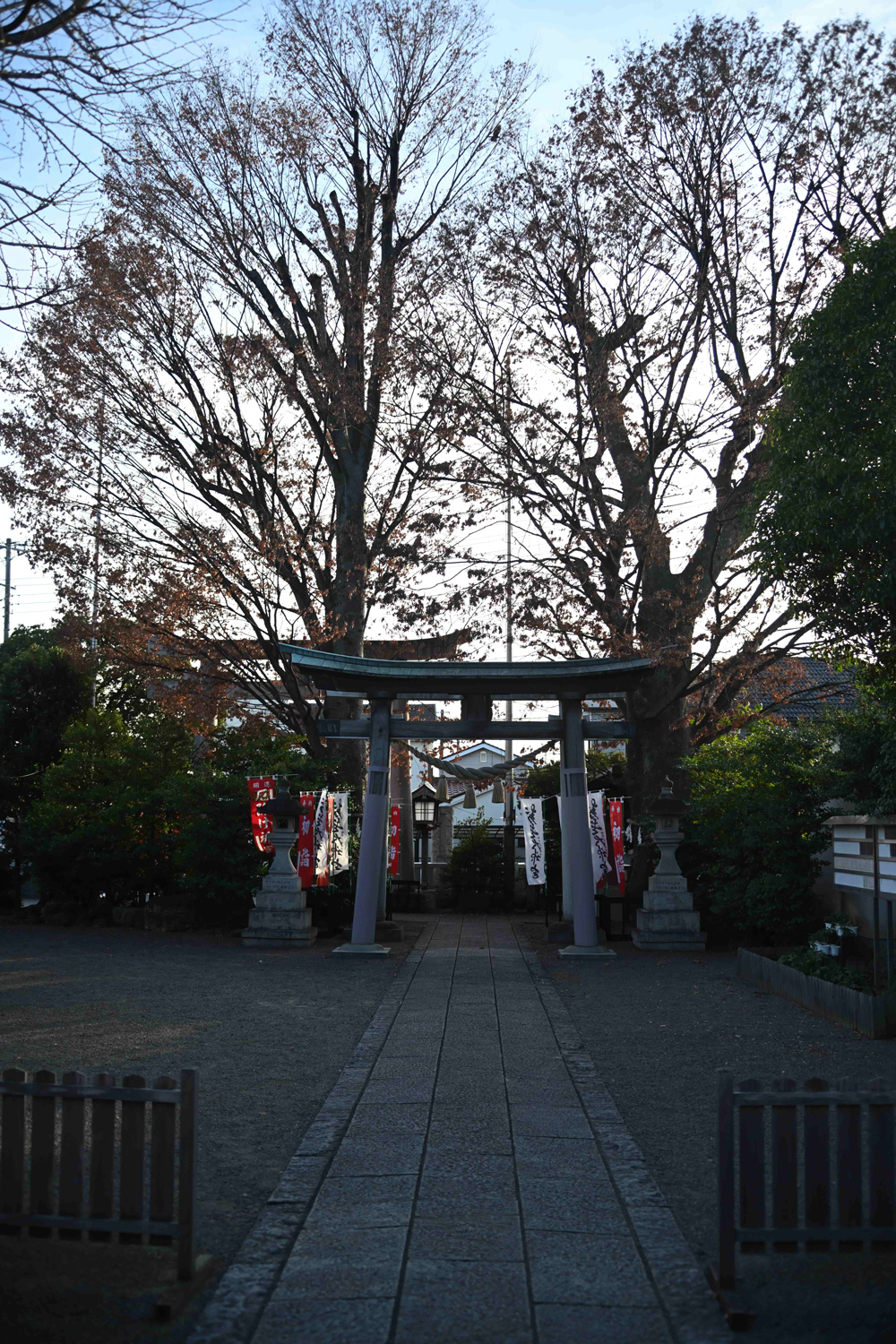
Z 7 + FTZ w/ Nikon Series E Zoom 36-72mm f/3.5
Aperture: f/3.5 (maximum aperture)
Shutter speed: 1/1600 s
Exposure compensation: ±0 EV
Sensitivity: ISO 640
Image quality: RAW
White balance: Auto
D-Lighting: Auto
Picture Control: Auto
Date of capture: December 2023
Sample 8
Sample 8 is a backlit shot captured at the wide-angle 36 mm and f/3.5 maximum aperture. The subject is clearly rendered with no ghost or flare, and the focal plane is sharp, even with the backlighting. There is no sense of flare in the darker portions.
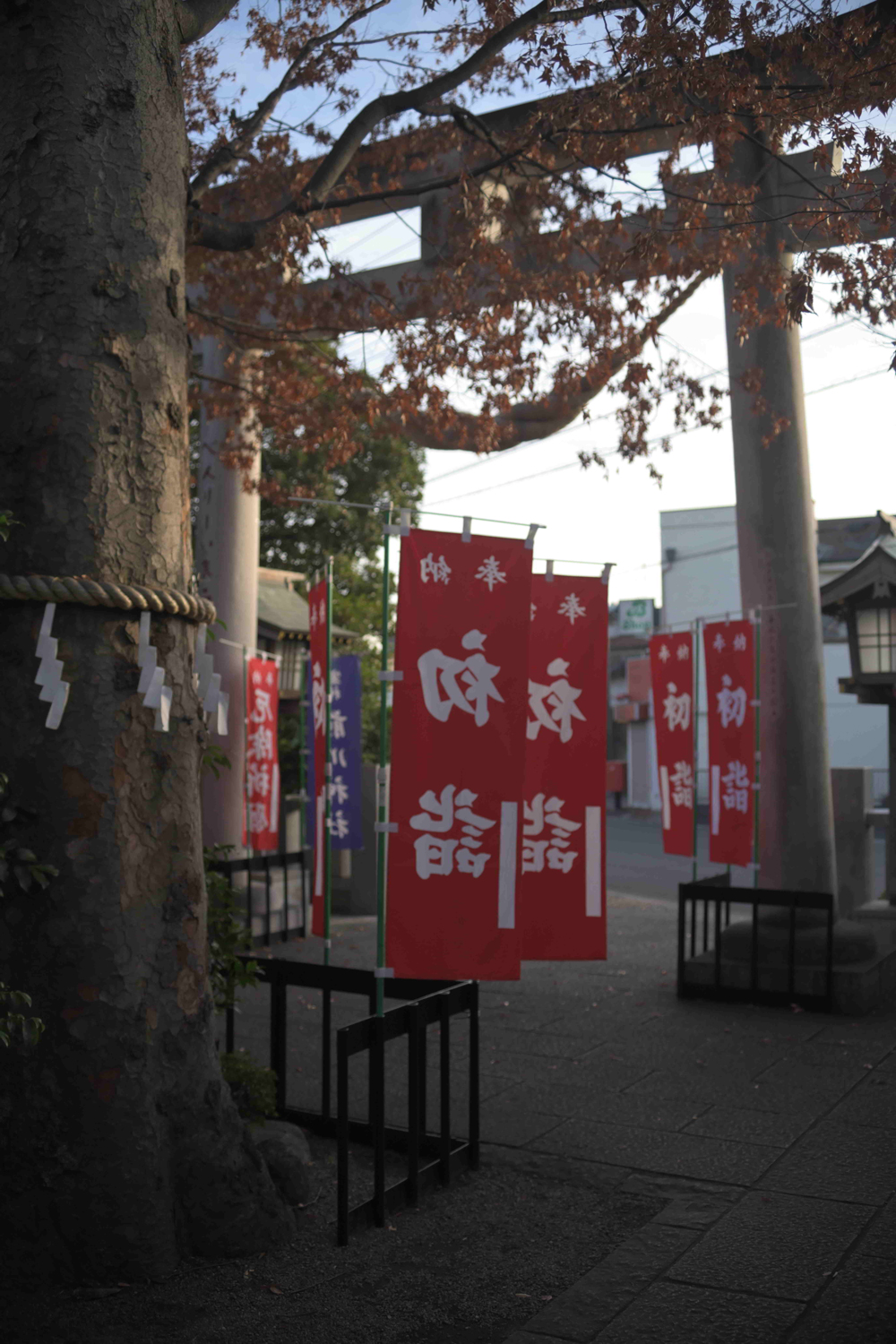
Z 7 + FTZ w/ Nikon Series E Zoom 36-72mm f/3.5
Aperture: f/3.5 (maximum aperture)
Shutter speed: 1/1250 s
Exposure compensation: -2/3 EV
Sensitivity: ISO 640
Image quality: RAW
White balance: Auto
D-Lighting: Auto
Picture Control: Flat
Date of capture: December 2023
Sample 9
Sample 9 is a backlit shot captured at the mid-range 50 mm focal length and f/3.5 maximum aperture. The subject is clearly rendered with no ghost or flare, and the focal plane is sharp, even with the backlighting. There is no sense of flare in the darker portions.

Z 7 + FTZ w/ Nikon Series E Zoom 36-72mm f/3.5
Aperture: f/3.5 (maximum aperture)
Shutter speed: 1/6400 s
Exposure compensation: ±0 EV
Sensitivity: ISO 640
Image quality: RAW
White balance: Auto
D-Lighting: Auto
Picture Control: Portrait
Date of capture: December 2023
Sample 10
Sample 10 is a backlit shot captured at the maximum telephoto position of 72 mm and f/3.5 maximum aperture. The image was captured facing the light source, yet there is almost no ghost or flare. It is very clear. Even with the backlighting, the focal plane is sharp. There is no sense of flare in the darker portions. These sample images clearly show that Mogami wanted to make the coating the best it could be.
What do you think? Were you able to see the straightforward and natural rendering characteristics this lens supports? I think it meets expectations with performance comparable to that of a Nikkor lens at any focal length. Mogami successfully developed a lens that is truly Nikkor-like with its natural and straightforward rendering. It is not amazing in terms of specifications, but it is an inexpensive zoom lens that most users can afford, which is why it is to be judged so harshly. It is the skill of the designer that determines whether a product will be a masterpiece or a waste of time. I hope you'll try it should the opportunity present itself. I'm sure Mogami's thoughts will become clear to you.
VIII. Satoshi Mogami
When I joined the company, Mogami was a tall, quiet, and soft-spoken gentleman who always had a smile on his face. He was such a calm person that I never saw him angry. Mogami majored in astronomy at university. He was extremely talented and thought to have a bright future ahead of him. However, he suddenly abandoned his academic pursuits to work at Nikon. As I mentioned earlier, I worked the early shift, which began at 8:00 a.m. and Mogami worked the late shift, starting just after noon. Therefore, the time we were able to spend together was limited and left little time for us to talk at length. Looking back, it really was a shame. Mogami led a very unusual life as an optical designer at Nikon.
I wonder how long I had worked for Nikon when Mogami unexpectedly announced he was quitting. Everyone asked him why. That was when he told us about his new ambitions. Mogami had joined Nikon because of his interest in optics and spent his time there designing optics. However, he had a vague feeling that something wasn't right. So, he made the bold decision to start over, which was to quit his job and go back to university to study medicine. He had finally decided to pursue a career in medicine, which had been his childhood dream. Everyone was astonished. Mogami was married, and not exactly young. Once accepted, he would be a student for at least another six years, and it would be eight years before he would become a bona fide doctor. He would have no income during that time but would need a considerable amount of money to cover tuition and fees. We all wondered if he could manage it. His co-workers probably thought Mogami would have no trouble getting into medical school. Their concern, however, wasn't whether he would be able to become a doctor, but whether he'd be able to make ends meet along the way. He told them his wife and other family members would support him.
Time passed, and Mogami worked as a trainee doctor at a university hospital after graduation. He gained experience in a number of medical fields at as many as 15 affiliated hospitals. He then opened his own clinic in Tokyo as a general practitioner specializing in internal medicine, pediatrics, and dermatology. Mogami finally fulfilled his dream. To this day he is busy treating his sick children and his other patients, but he still loves Nikon and uses many Nikon products.

NIKKOR - The Thousand and One Nights
The history of Nikon cameras is also that of NIKKOR lenses. This serial story features fascinating tales of lens design and manufacture.

